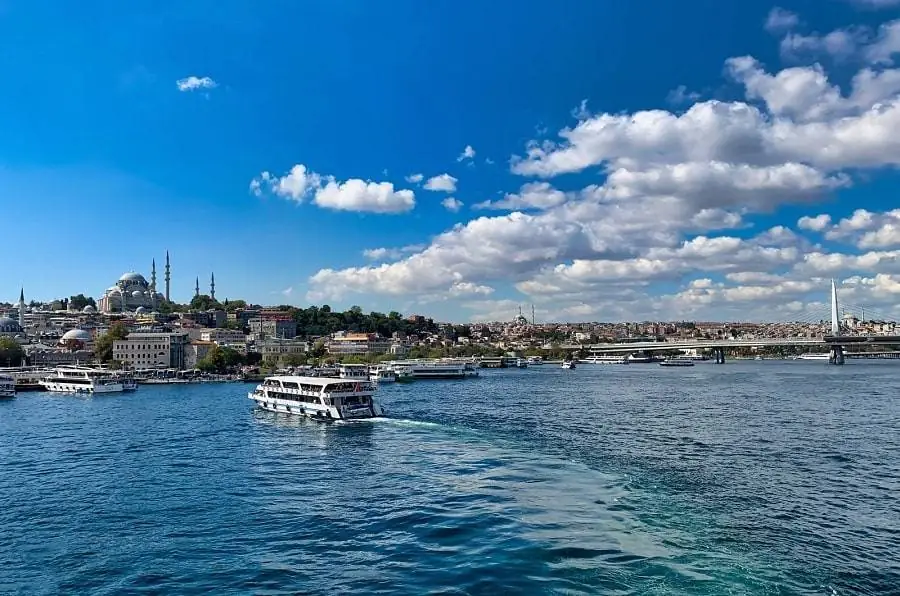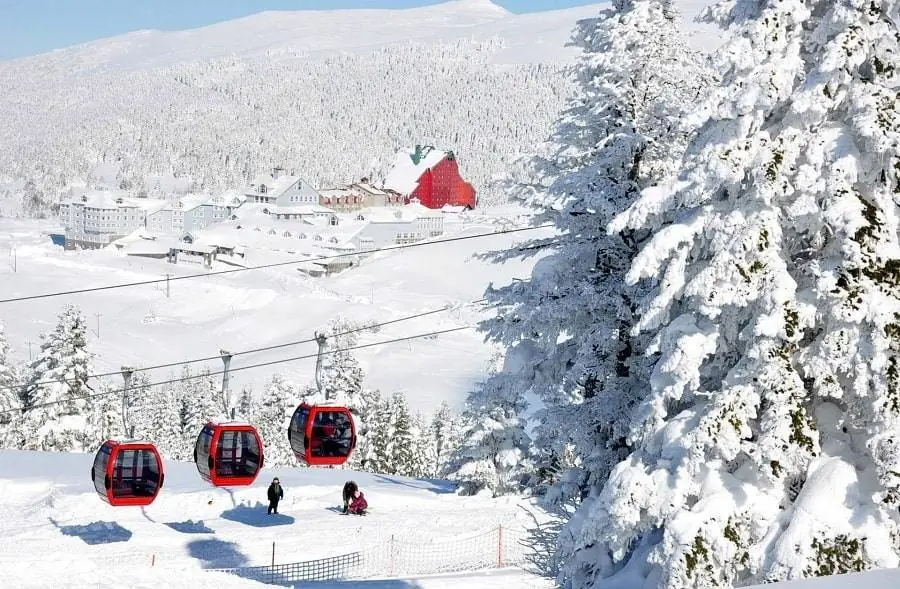With a total area of 67.000 square kilometres (25.870 square miles), or 8.5% of Turkey’s total land area, the Marmara Region is located in the northwest of the nation. Due to its location at the meeting point of Europe and Asia, this region has witnessed the migration of countless tribes and their civilizations from one continent to the other.
The historic city of Istanbul shines out against this background with all its grandeur and remnants of its lengthy past. Its geographic setting makes it a city rich in history as well as unrivalled in terms of natural beauty. It has lovely shores along the internal Marmara Sea and extends on both sides of the Bosphorus, which is bordered by verdant woods. Small, attractive islands dot this expansive sea in the region’s centre, facing the metropolis. The sea distinguishes itself from the land in that its northern regions are influenced by the Black Sea, while its southern regions are characterised by the usual Mediterranean climate.

♦ Bosphorus Boat Cruise Tour – Dolmabahce Palace
The most notable mountain in this area is Uludag, one of Turkey’s main peaks, which is also one of the most well-liked ski resorts with all the amenities. The town of “Green” Bursa, which gets its name from the expansive meadows and thick forests that cover the mountains at the foot of Mount Uludag, is situated there. It is another important historical location, and its mosques and magnificently designed tombs serve as living memorials to its illustrious past. Both ancient Iznik (Nicea) and the picturesque city of Edirne, which is located in Thrace on Turkey’s European side, share similarities.

Low altitude valleys and plateaus make up a large portion of the Marmara region because there aren’t many higher elevations there. The area contains a number of significant rivers and lakes. Thrace is a region that borders Greece and Bulgaria. Its soil is covered with vast fields of sunflowers, vineyards, and olive groves, much like the gardens of Balikesir on the Anatolian side. Wheat, sunflower, corn, sugar beets, rice, olives, and vineyards are just a few of the agricultural goods that are grown in the area.

